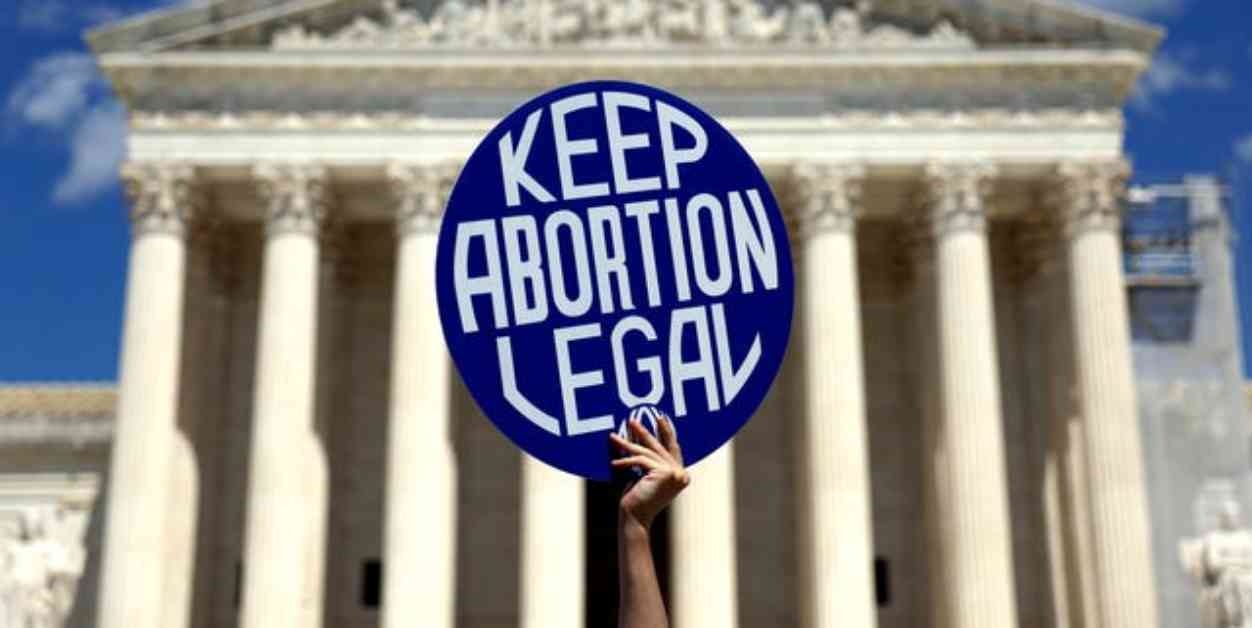The 2024 election brought significant changes to the landscape of reproductive rights in the United States. With the Supreme Court overturning Roe v. Wade and sparking a nationwide debate on abortion, voters in 10 states had the opportunity to weigh in on the issue. Seven of these states saw successful measures to enshrine abortion rights in their constitutions, while two failed to pass similar amendments.
In Arizona, Proposition 139 was overwhelmingly approved by voters, establishing the fundamental right to abortion in the state’s constitution. This measure prevents government interference in a person’s decision to have an abortion before fetal viability, which typically occurs around 24 weeks of pregnancy. The Arizona Abortion Access Act marks a significant victory for pro-choice advocates in the state.
Colorado also saw a resounding victory for abortion rights, with nearly 62 percent of voters approving Amendment 79. This amendment preserves Coloradans’ constitutional right to abortion and allows for public government funding of the procedure. The passage of this measure ensures continued access to abortion services in the state.
On the other hand, Florida’s Amendment 4 failed to meet the required voter approval, despite garnering majority support. This proposal aimed to enshrine the right to abortion in the state’s constitution up to the point of fetal viability, challenging the restrictive abortion laws currently in place in the state.
In New York, Proposal 1, known as the Equal Rights Act, passed with a strong majority, protecting the right to abortion and prohibiting discrimination on various grounds. This measure solidifies New York’s status as a safe haven for abortion access and sets a precedent for other states to follow.
Maryland voters approved Question 1, which upholds constitutional protections for reproductive freedom and access to birth control. This initiative further secures the right to abortion in the state and prevents future laws from limiting reproductive health care options.
Missouri’s Amendment 3, which establishes the constitutional right to abortion and birth control, was a significant win for reproductive rights in a state with stringent abortion laws. This measure overturns previous legislation that banned abortion except in medical emergencies and ensures access to the procedure up to fetal viability.
Montana’s Initiative 128, approved by voters, enshrines the right to abortion in the state’s constitution up to the point of fetal viability. This measure safeguards against potential legal threats to abortion access and reinforces existing laws allowing abortions within the same timeframe.
Nevada voters supported Question 6, which proposes to establish the constitutional right to abortion up to fetal viability. Although the measure will need to be approved again in the 2026 election to take effect, it represents a significant step towards protecting abortion access in the state.
South Dakota, however, saw a different outcome, with voters rejecting Amendment G, which aimed to expand abortion access in the state. South Dakota currently has strict abortion laws in place, prohibiting the procedure in most cases, except when the pregnant person’s life is at risk.
Overall, the 2024 election results reflect a nationwide shift towards protecting abortion rights and ensuring access to reproductive health care for all individuals. The successful measures in several states signal a growing momentum in the fight for reproductive justice across the country.










